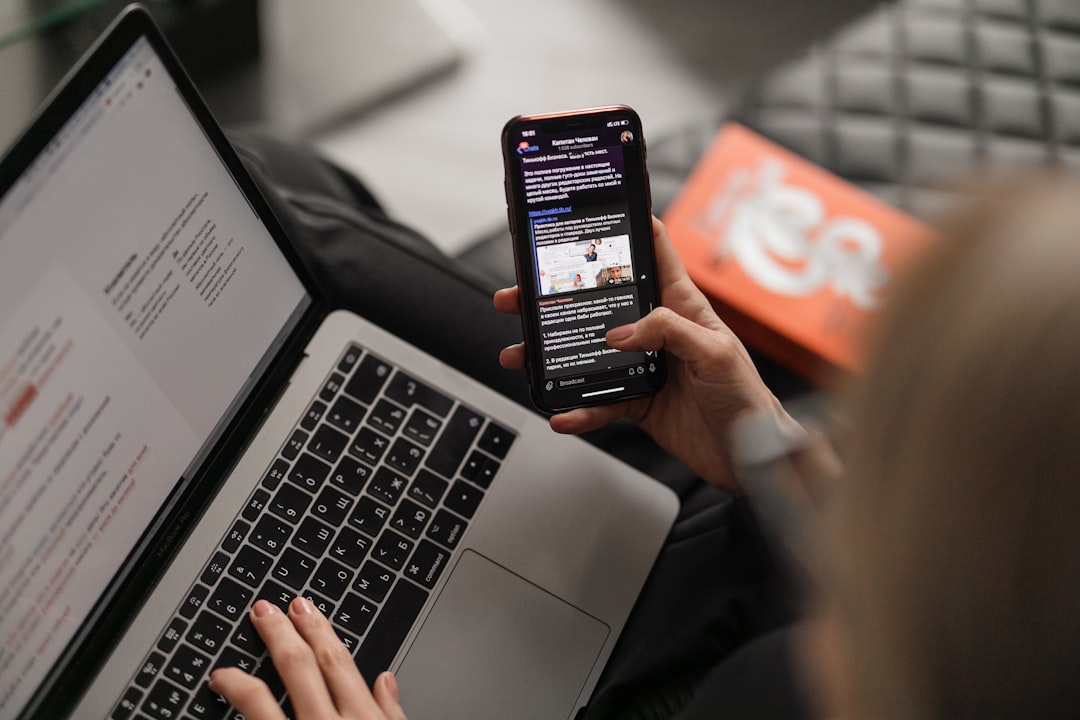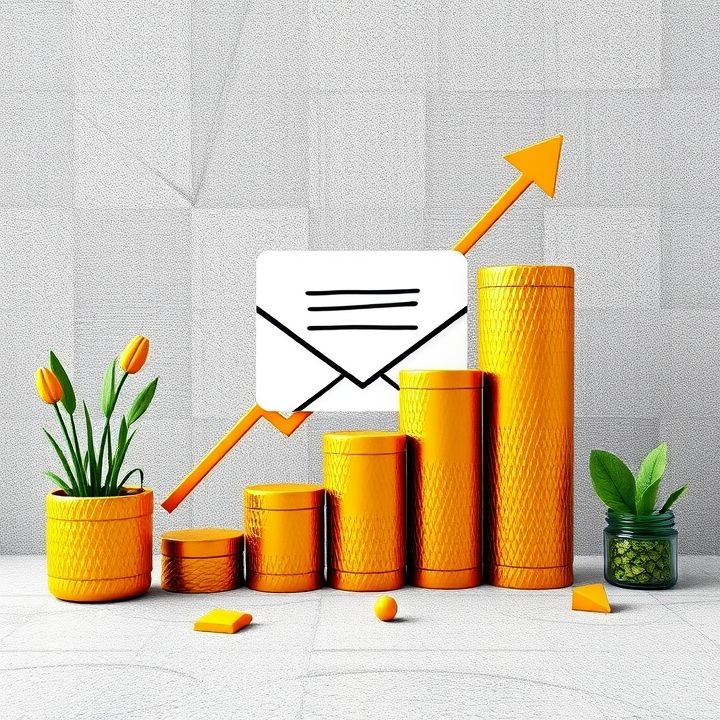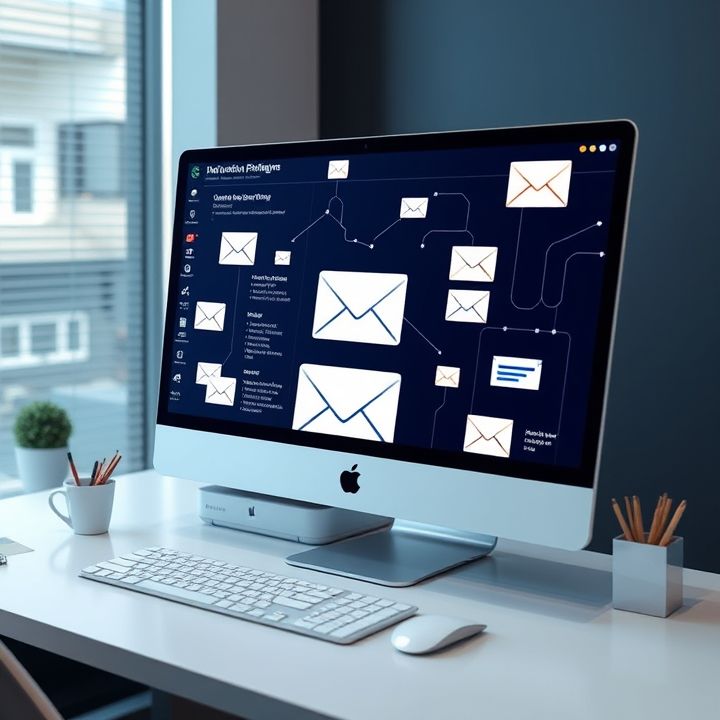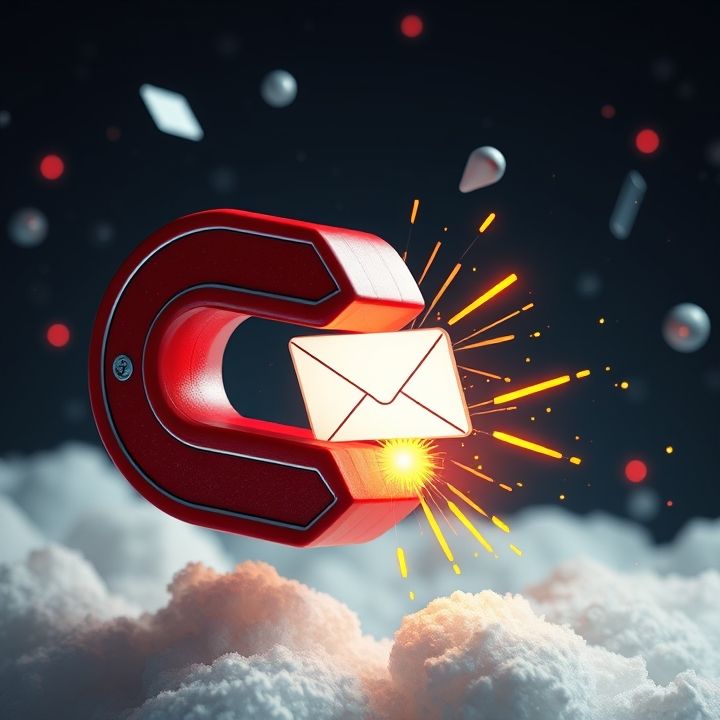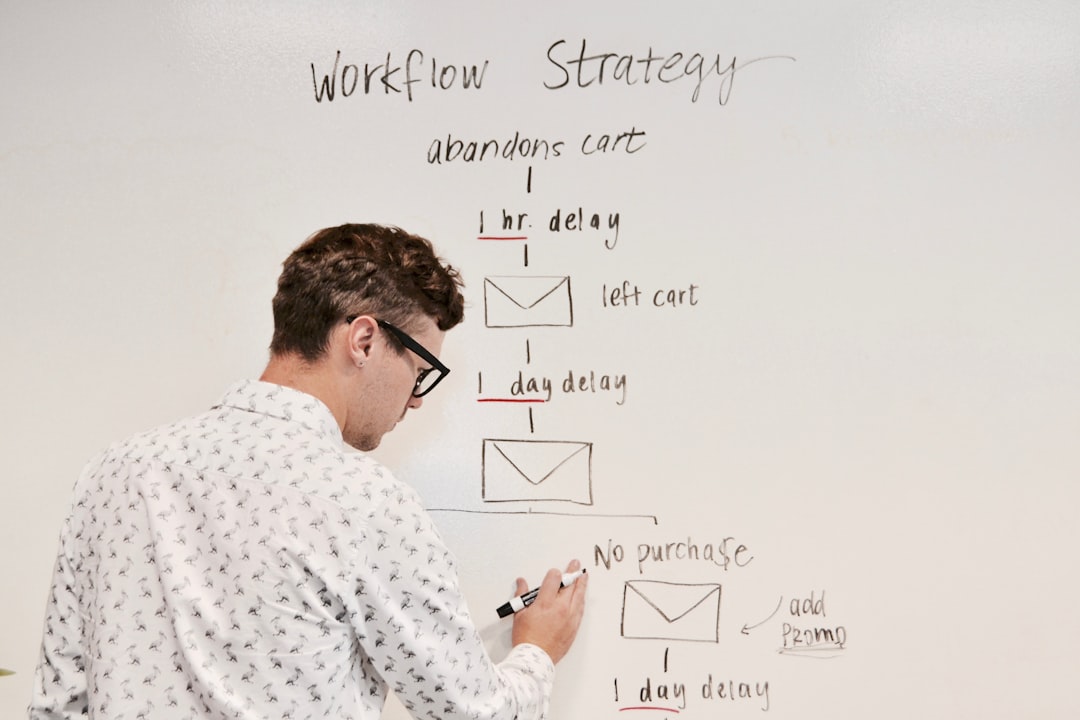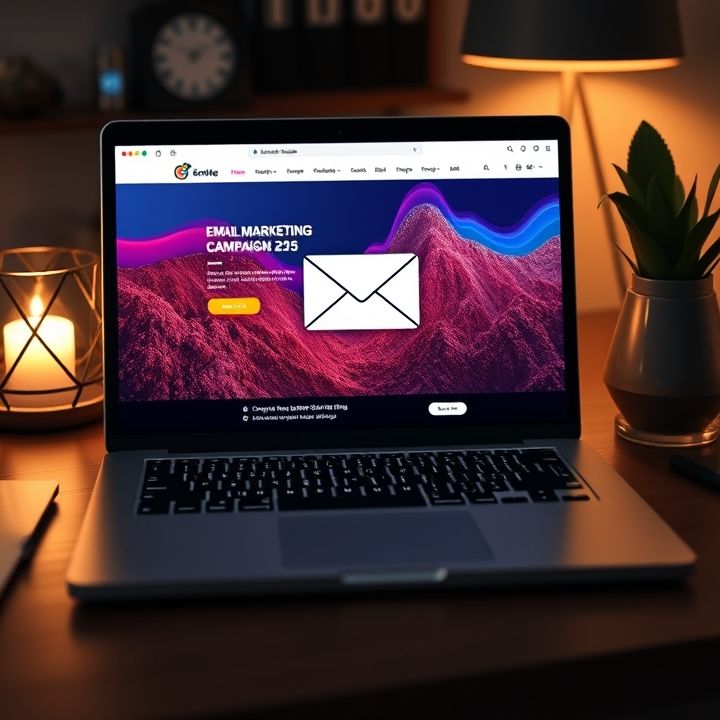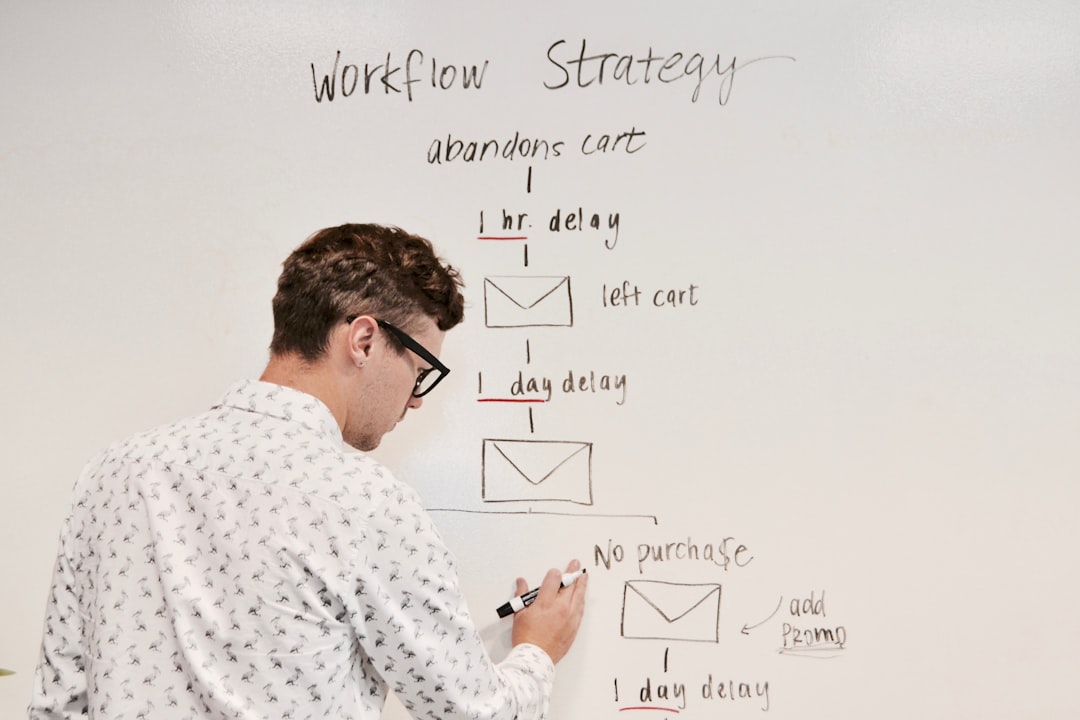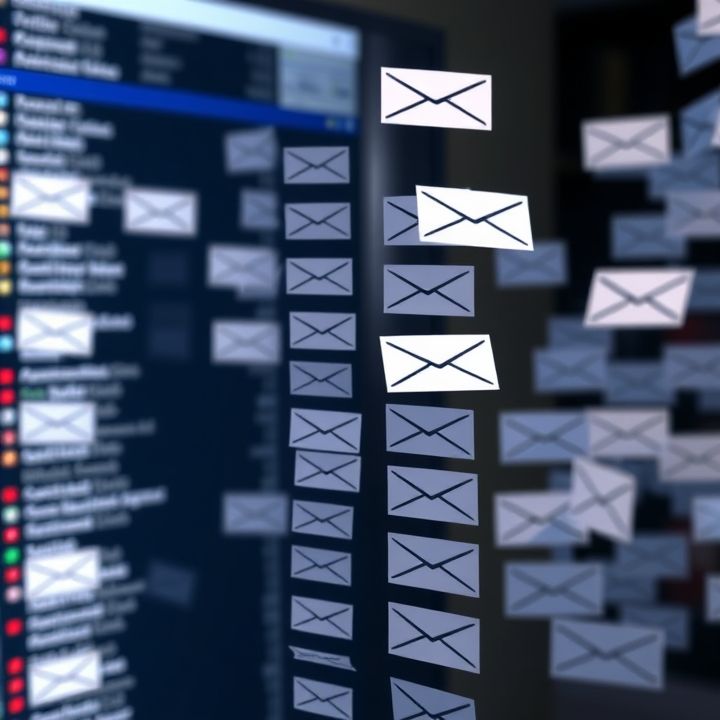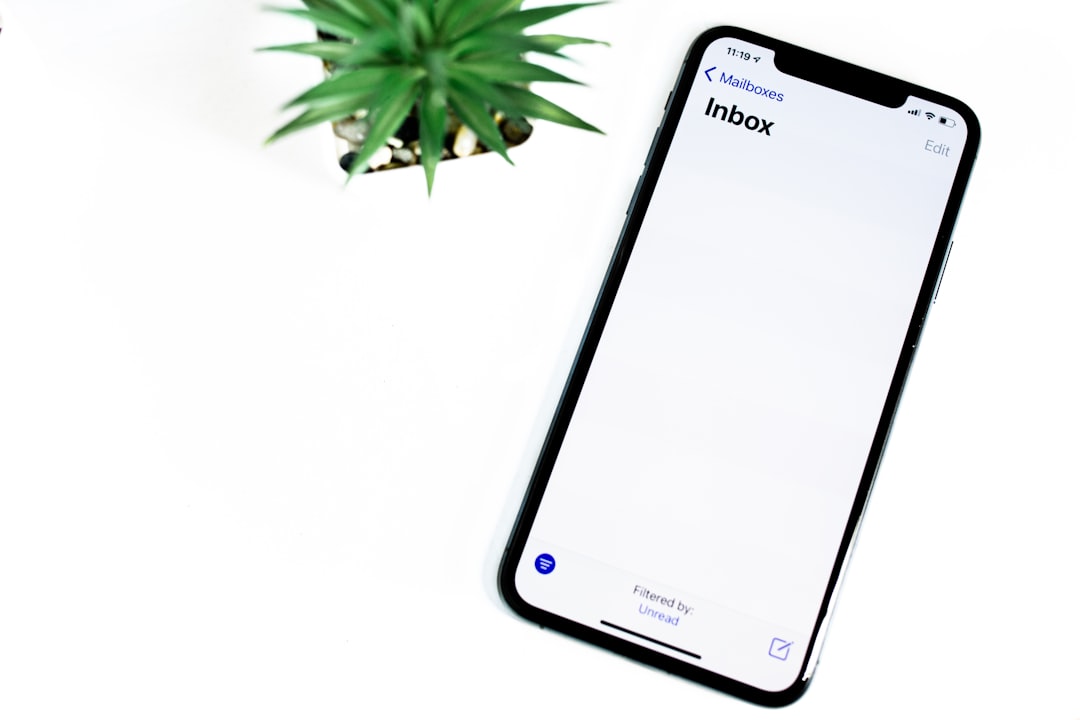Table of Contents
- Introduction
- Analyzing Subscriber Data for Inactivity Patterns
- Segmenting Inactive Subscribers for Targeted Campaigns
- Crafting Engaging Content to Capture Interest
- Utilizing Personalized Email Offers and Incentives
- Implementing an Automated Re-engagement Email Series
- Conclusion
- Frequently Asked Questions
Introduction
In the dynamic world of digital marketing, one challenge remains ever-present: re-engaging those elusive inactive subscribers. Addressing this issue could mean the difference between a stagnant audience and thriving business growth. Imagine the potential waiting to be unlocked amongst countless inboxes!
Unlock the secrets you’ve been searching for as we delve into proven strategies designed to breathe new life into your email lists. With tactics that range from personalized content to innovative reactivation campaigns, our guide promises to provide indispensable insights for marketers at any level. But first, let’s set the stage for what’s to come by examining a few key statistics:
| Strategy | Impact |
|---|---|
| Personalization | Increases open rates by 29% |
| Targeted Campaigns | Boost in conversion rates by 50% |
Join us as we explore these strategies and more, empowering you to transform your email marketing efforts and drive engagement like never before.
Analyzing Subscriber Data for Inactivity Patterns
Analyzing subscriber data for inactivity patterns is a crucial step in understanding why certain subscribers have become inactive and how to effectively re-engage them. The first step is to segment your subscriber list based on activity levels, which can be done by examining metrics such as email open rates, click-through rates, and purchase history. Identifying patterns in this data allows marketers to pinpoint when subscribers started losing interest and what content failed to engage them.
Once you have identified these patterns, it’s essential to delve deeper into potential causes. Analyze variables such as the timing of emails, the frequency of communication, and the relevance of content to ensure they align with your subscriber’s preferences. For instance, a sudden drop in engagement might coincide with an increase in email frequency, which could indicate that subscribers are overwhelmed.
Data analysis tools and customer relationship management (CRM) systems can provide insights into demographic factors and behavioral trends, offering clues about which types of content resonate best with different segments. By understanding these elements, marketers can refine their strategies to cater to the distinct needs of each subscriber group, ultimately enhancing engagement and reducing inactivity rates.
Segmenting Inactive Subscribers for Targeted Campaigns
Segmenting inactive subscribers is a crucial strategy in re-engaging them through targeted campaigns. Rather than sending blanket communications to all inactive users, segmentation allows businesses to tailor their messaging to specific groups based on their behavior and preferences. This personalized approach increases the likelihood of re-engagement by addressing the unique needs and interests of each segment.
First, identify inactive subscribers by analyzing their interaction history, such as the last time they opened an email or clicked a link. This data-driven approach helps in creating subsets within the inactive list, such as those who have not engaged in six months versus a year.
Once segments are established, craft specific messaging that resonates with each group. For example, subscribers inactive for a shorter duration might be incentivized with special offers or discounts to spark interest, whereas long-term inactive users might benefit from a campaign highlighting what’s new or improved.
Implementing A/B testing on subject lines, content, and call-to-action buttons can further refine these campaigns to discover which strategies yield the best results, thus optimizing re-engagement efforts. By paying attention to the unique attributes of different inactive subscribers, businesses can significantly boost their re-engagement rates and turn dormant contacts into active participants once again.
Crafting Engaging Content to Capture Interest
Crafting engaging content is crucial for capturing and retaining the interest of your audience, especially when it comes to re-engaging inactive subscribers. One effective strategy is personalization, which can make your content more relevant and appealing. By segmenting your email list based on subscriber behavior and preferences, you can tailor messages that speak directly to individual interests. Furthermore, incorporating interactive elements such as quizzes, polls, or surveys can create a more engaging experience that not only captures attention but also encourages participation.
Another approach is to offer exclusive content or incentives. Providing subscribers with early access to new products, special discounts, or unique insights can reignite their interest and encourage them to stay connected. Additionally, storytelling is a powerful tool to capture imagination and forge emotional connections. By sharing relatable stories or testimonials, you can create a bond with your audience that goes beyond mere transactional interactions.
Lastly, it’s important to ensure that your content maintains a consistent voice and aesthetic that aligns with your brand. This consistency builds trust and familiarity, which are key components in keeping your audience engaged over the long term. By implementing these strategies, you can effectively craft content that not only captures interest but also fosters lasting relationships.
Utilizing Personalized Email Offers and Incentives
Utilizing personalized email offers and incentives is an effective strategy to re-engage inactive subscribers. This approach involves crafting tailored messages that speak directly to the interests and needs of each subscriber, thus encouraging them to interact with your content again. By taking advantage of data gathered from past interactions, you can segment your audience and design emails that provide relevant offers or incentives.
For instance, offering exclusive discounts or sneak peeks at upcoming products can prompt action from subscribers who may have lost interest. Similarly, personalized recommendations based on previous purchases or browsing history can reignite interest and drive engagement. Including a sense of urgency in these offers, like limited-time promotions, can further motivate subscribers to take immediate action.
Moreover, incentives such as loyalty points, free shipping, or downloadables can add value and foster a renewed connection between your brand and the subscriber. By making the subscriber feel recognized and valued, personalized email offers and incentives can effectively revive interest and re-establish engagement, ultimately enhancing your brand’s relationship with its audience.
Implementing an Automated Re-engagement Email Series
Implementing an automated re-engagement email series is an effective strategy to win back inactive subscribers. It serves as a gentle reminder of your value proposition, using automation to deliver tailored messages at designated times. Begin by segmenting your inactive subscribers based on how long they’ve been disengaged. Tailor your content to meet their specific needs or interests, potentially offering special promotions or exclusive content to incentivize their return.
Start the series with a friendly reminder that you miss their presence. Highlight unique content they’ve missed during their absence. Gradually, introduce more personalized emails, addressing potential reasons why they might have become inactive, such as offering solutions or seeking feedback on how you can better serve their needs. The sequence should build in urgency, offering time-limited deals or invitations to exclusive events.
It is critical to balance frequency; too many emails may be overwhelming, while too few might miss the mark. Analyze the engagement data for each email in the series to refine your approach continuously. Use A/B testing to experiment with subject lines, content, and send times. Ultimately, a well-crafted re-engagement email series not only revitalizes dormant subscribers but also fosters deeper connections with your audience.
Conclusion
Re-engaging inactive subscribers is a vital component of sustaining and growing your business. By unlocking the secrets of inactivity through rigorous data analysis, you can identify key patterns and refine your strategies to cater to each subscriber’s unique needs. Segmenting inactive subscribers allows for targeted campaigns that address specific behaviors, increasing the likelihood of revitalization. Crafting engaging content is equally important, from personalization to incorporating interactive elements and storytelling, ensuring your message resonates and captures interest. Personalized offers and incentives add value and foster a sense of recognition, motivating subscribers to rekindle their connection with your brand. Furthermore, an automated re-engagement email series acts as a strategic tool to remind subscribers of your offerings and draw them back in. Remember, maintaining a balance in communication frequency is crucial to avoid overwhelming your audience while cultivating long-term relationships. By employing these proven strategies, businesses can successfully re-engage inactive subscribers, turning dormant contacts into active ones, ultimately driving growth and boosting overall business performance.


